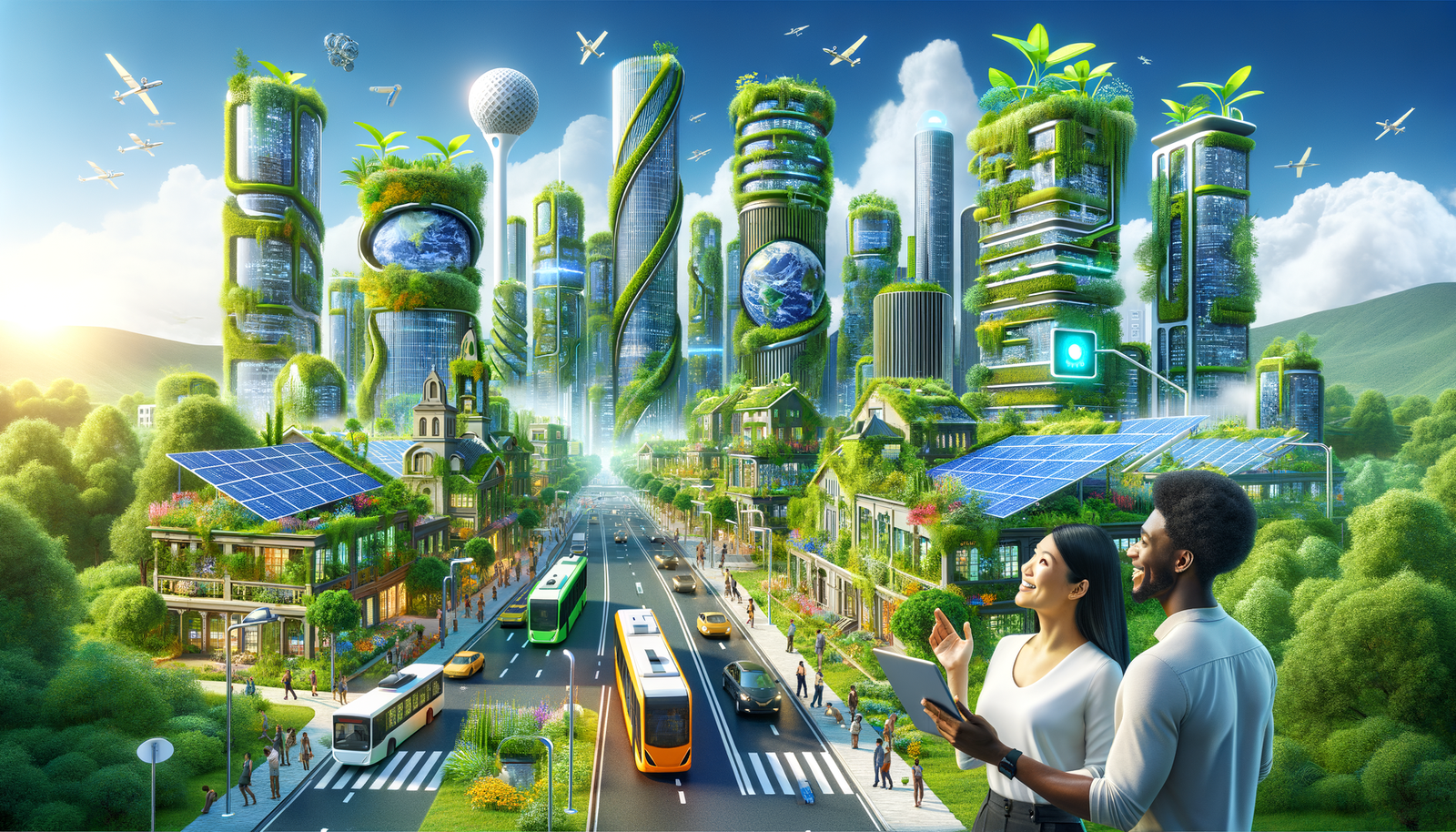Your Cart is Empty
Customer Testimonials
-
"Great customer service. The folks at Novedge were super helpful in navigating a somewhat complicated order including software upgrades and serial numbers in various stages of inactivity. They were friendly and helpful throughout the process.."
Ruben Ruckmark
"Quick & very helpful. We have been using Novedge for years and are very happy with their quick service when we need to make a purchase and excellent support resolving any issues."
Will Woodson
"Scott is the best. He reminds me about subscriptions dates, guides me in the correct direction for updates. He always responds promptly to me. He is literally the reason I continue to work with Novedge and will do so in the future."
Edward Mchugh
"Calvin Lok is “the man”. After my purchase of Sketchup 2021, he called me and provided step-by-step instructions to ease me through difficulties I was having with the setup of my new software."
Mike Borzage
Leveraging Design Software for Sustainable Urban Environments: The Future of Smart Cities
June 03, 2024 2 min read


The emergence of smart cities represents a pivotal shift in urban development, driven by the integration of information technology into all aspects of city life. These cities promise enhanced sustainability, efficiency, and quality of life for their inhabitants. Central to the realization of these modern urban landscapes is the role of design software, which facilitates the planning and implementation of sustainable solutions.
Key Software Technologies Shaping Smart cities
Several cutting-edge software technologies are at the forefront of shaping the future of smart cities, each offering unique insights and capabilities for urban design.
- GIS (Geographic Information Systems) serve as a foundational tool for spatial analysis and urban planning. For instance, the integration of GIS with urban planning processes enables city planners to analyze and visualize the impacts of climate change on city infrastructure, thus facilitating informed decision-making.
- BIM (Building Information Modeling) is crucial for designing efficient and sustainable buildings. By using BIM, architects and engineers can simulate the energy efficiency of buildings and optimize their designs for better performance within the smart city ecosystem.
- IoT (Internet of Things) and data analytics platforms are essential for the real-time management of urban environments. Through the deployment of sensors and sophisticated analytics, cities can improve traffic flow, enhance public safety, and much more.
The Design Process in Smart City Planning
The design process of smart cities involves multiple stakeholders and leverages advanced software tools to conceptualize and realize sustainable urban futures.
- Integrating stakeholders through collaborative tools and platforms is essential for engaging citizens, government bodies, and private entities in the design process.
- Digital twins and scenario planning play a critical role in visualizing the future of urban areas. These digital replicas allow planners to test and visualize the impacts of different strategies, thus aiding in the creation of more resilient cities.
- An iterative design and feedback loop, supported by software, enables the continuous refinement of urban designs based on real-world data and community input, ensuring that the final outcome is both practical and aligned with the needs of the inhabitants.
Challenges and Solutions in Using Design Software for Smart Cities
While design software presents numerous opportunities for enhancing urban environments, there are also significant challenges to its adoption.
- Technical challenges include the interoperability between different software platforms and the complexities of managing large datasets. Solutions to these challenges include the development of universal data exchange standards and the adoption of cloud-based platforms, which offer greater scalability and flexibility.
- Social and ethical considerations such as privacy concerns and equitable access to smart city benefits also pose challenges. Addressing these issues requires a focus on engagement and transparency, utilizing software tools to foster an open dialogue and ensure participatory design processes.
In conclusion, the potential of design software to transform urban environments into sustainable, efficient, and livable smart cities is immense. However, realizing this potential fully requires ongoing innovation in software development, as well as collaborative efforts across various disciplines. As we move forward, the continued focus on addressing both technical and social challenges will be key to unlocking the transformative power of smart cities.
Also in Design News

Cinema 4D Tip: Fast Look Development Using Cinema 4D’s OpenGL Viewport
December 10, 2025 2 min read
Read More
ZBrush Tip: ZBrush Layers: Non-Destructive Workflow and Best Practices
December 10, 2025 2 min read
Read More
AutoCAD Tip: Sheet Set Manager: Centralize and Automate AutoCAD Sheets
December 10, 2025 2 min read
Read MoreSubscribe
Sign up to get the latest on sales, new releases and more …


